Lately, we’re feeling all the feelings. There’s nothing like a global pandemic to bring out all kinds of emotions—the anxiety of not knowing what’s coming, the sadness of missing our loved ones, the irritability that comes from staying home with our families all the time—and emotions are tricky, complicated things. Add in our kiddos, and it feels more like a constant struggle.
Parents and caregivers: We see you. This is a tough time to say the least, and we’re all struggling to figure out the best ways to handle our emotions—especially around the children in our lives.

